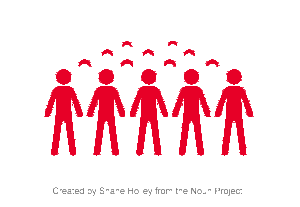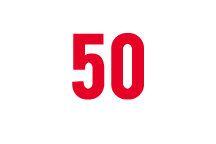 Age of Lino Rivera, the black Puerto Rican young man at the center of this event. On March 19, 1935, Mr. Rivera shoplifted a pen knife from a five and dime store. He was chased and caught by store employees.
Age of Lino Rivera, the black Puerto Rican young man at the center of this event. On March 19, 1935, Mr. Rivera shoplifted a pen knife from a five and dime store. He was chased and caught by store employees.
Rivera didn’t take being caught calmly. He severely bit the hands of store employees who detained him. Their injuries were bad enough that they required medical attention.
A quick-thinking store manager decided that no good could come from pressing charges against Rivera. Due to the number of people in the store, and the increasing energy of the group, Rivera was hustled out of a back door of the store where there wasn’t a crowd.
Rumors and coincidences that contributed to this event.
- A woman shouting that Rivera was being beaten in the store.
- An ambulance that showed up in order to address the wounds of the store employee who had been bitten seemed to support the rumor that the young man was had been beaten.
- A hearse, which was reporting to a nearby address, was seen by the crowd, fueling the belief that the boy had been beaten to death.
- The crowd thought that a boy of 10 or 12, depending on the version of the rumor, was beaten or beaten to death, depending on the version of the story, for stealing candy.
The crowd that had gathered in the store demanded that the boy be produced, proving that he had not been harmed. However, because Mr. Rivera had been let go, this was impossible. In response to this perceived injustice, shoppers began to turn over tables and otherwise destroy the store.
Number of blacks who had gathered around the store by late afternoon. During this time, there were confrontations between blacks and whites, and also between police and rioters. During this time, communist groups came to the area in an attempt to encourage solidarity between blacks and whites, suggesting instead that united they turn their anger toward the local merchants and toward the city’s leaders.

Number of police officers working the streets in response to this incident.
People who died as a result of this riot, depending on which sources you consult.
Arrests made by 2:30 AM on March 20 in connection with this event.

Plate glass windows smashed during this event.

Businesses destroyed during this riot.
Main underlying reasons cited as the cause of this event as in the report created by a commission that had been created to investigate the riot’s causes, “The Negro in Harlem: A Report on Social and Economic Conditions Responsible for the Outbreak of March 19, 1935.”
- injustices of discrimination in employment
- aggressions of the police
- racial segregation
This riot is called by some the first of the “modern” riots, the mob violence directed chiefly at property rather than individuals. This riot was also called by others the end of the Harlem Renaissance.






